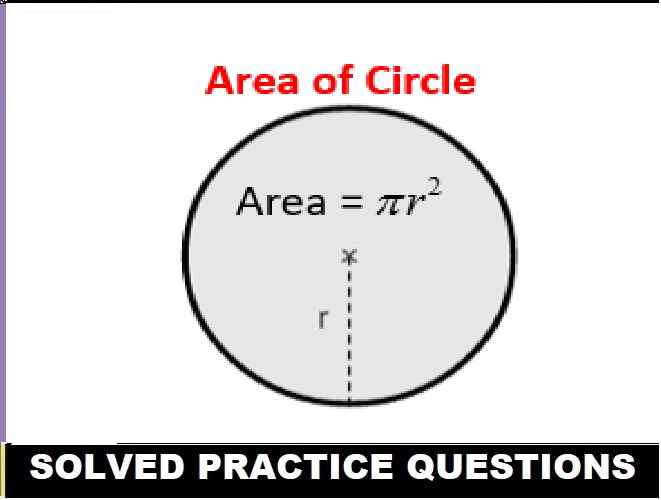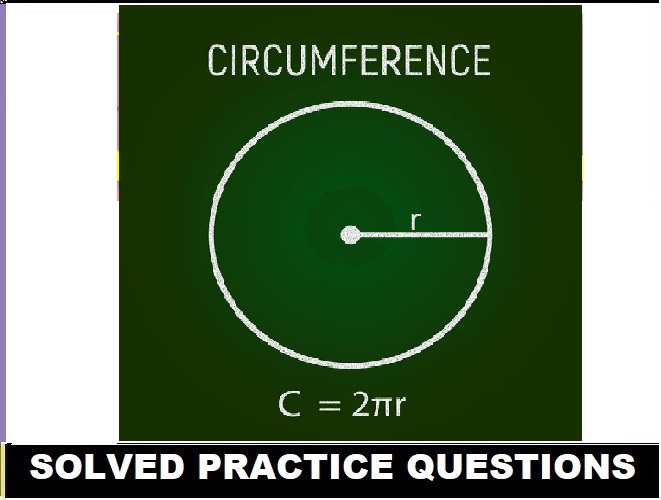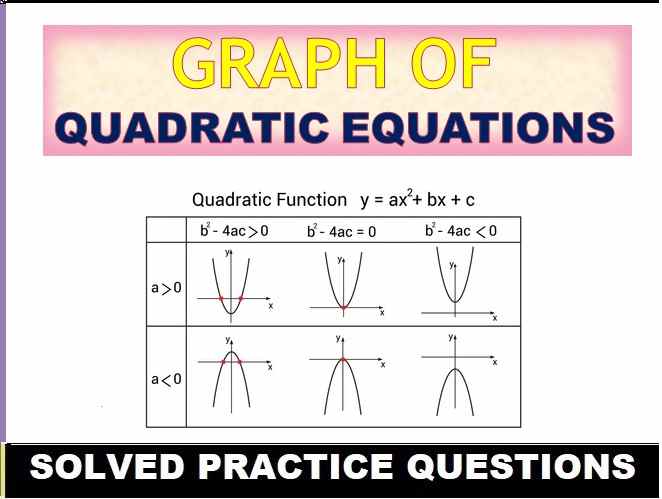Turning Effect of Force and Pressure Class-8th Goyal Brothers Physics Solutions Theme-3. We Provide Step by Step Answers of Objective, True False , Fill in the blanks, Match the following , Short/Long Answer Type of Theme-3, unit – 1 Turning Effect of Force and Pressure Visit official Website CISCE for detail information about ICSE Board Class-8.
Turning Effect of Force and Pressure Class-8th
Goyal Brothers Physics Solutions Ch-3 (unit-1)
| Board | ICSE |
| Class | 8th |
| Subject | Physics |
| Book Name | Goyal Brothers |
| Theme-3 | Force and Pressure |
| Unit-1 | Turning Effect of Force and Pressure |
| Topic | Solution of exercise questions |
| Session | 2023-24 |
OBJECTIVE TYPE QUESTIONS
A. Fill in the blanks :
- The ratio between the _force_ and _area of cross-section_ is called pressure.
- When a force of one _pascal_ acts on an area of cross section 1 m2 , the pressure exerted is said to be one _Newton_.
- The cutting edge of cutting instruments is sharpened because, by _reduced_ the area of cross-section, the _pressure_ increases.
- The broad tyres of a tractor _decreasing_ pressure on the soft ground, and hence, prevent it from _sinking_ in the ground.
- With the increase in force, the magnitude of pressure on a given area _increases_.
B. Write ‘True’ or ‘False’ for the following statements :
- Thrust per unit volume is called pressure.[T]
- One pascal is the pressure produced by a force of 1 kgf on a surface area.[T]
- Pressure increases with the increase in surface area.[F]
- Pressure decreases with the increase in the weight of an object.[F]
- SI unit of pressure is newton.[F]
C. State whether the following statements are True or False:
- Long skies used by skiers reduce the pressure on snow.[T]
- The broad side on thumb tack increases the pressure on the thumb.[F]
- A blunt nail easily penetrates in wood than sharp nail.[F]
- The edge of knife is sharpened to increase the pressure.[T]
- Foundations of high rise building are small.[F]
D. Tick (√) the most appropriate answer.
1. With the increase in the weight of an object, the pressure :
(a) Increase
(b) Decrease
(c) is not affected
(d) none of these
Ans: (a) Increase
2. With the increase in the area of contact of an object, the pressure:
(a) Increase
(b) Decrease
(c) is not affected
(d) none of these
Ans: (b) Decrease
3. One pascal is the pressure generated by : :
(a) Force of 1 N on 1m2 ,
(b) Force of 1 Kgf on 1 m2 ,
(c) Force of 1 N on 1000 cm2 ,
(d)Force of 1 N on 1 cm2
Ans: (b) Decrease
4. In order to glide on snow , one must wear :
(a) Spiked shoes
(b) flat rubber shoes
(c) flat and long skies
(d) none of these
Ans: (c) flat and long skies
5. The rear wheel of tank trailor have large number of wheels so that :
(a) they can withstand the load of tank
(b) reduce pressure on the road
(c) increase pressure on the road
(d) all of these
Ans: (b) reduce pressure on the road
E. Match the statement in Column A with those in Column B:
Column A |
Column B |
1. Buildings having very wide foundations. |
1. Reducing force |
2. Tools having very small surface area. |
2. Pascal |
3. The ratio of thrust (force) and area of cross-section. |
3. High rise buildings |
4. The unit of pressure in SI system. |
4. Pressure |
5. Decreasing the pressure exerted by an object, without changing its area of contact. |
5. Cutting tools |
Answer:
| Column A | Column B |
| 1. Buildings having very wide foundations. | 3. High rise buildings |
| 2. Tools having very small surface area. | 5. Cutting tools |
| 3. The ratio of thrust (force) and area of cross-section. | 4. Pressure |
| 4. The unit of pressure in SI system. | 2. Pascal |
| 5. Decreasing the pressure exerted by an object, without changing its area of contact. | 1. Reducing force |
STUDY QUESTIONS
Question 1.
(a) State turning effect of force with example from daily life.
Answer: The turning effect produced by a force on a rigid body about a point, pivot or fulcrum is called the moment of force or torque. It is measured by the product of force and the perpendicular distance of the pivot from the line of action of force.
Examples of turning effect of force: A person pushing a swing will make the swing rotate about its pivot.
(b) Define moment of force and its SI unit.
Answer: The moment of a force F (applied at a point P) about a point A is equal to ±Fd where: F is the magnitude of the force. d is the perpendicular distance from A to the line of action of the force.
Question 2.
(a) Define the term pressure.
Answer: The turning effect of force is known as moment of force. It is the product of the force multiplied by the perpendicular distance from the line of action of the force to the pivot or point where the object will turn.
SI unit is Newton-meter (Nm).
(b) State and define the SI unit of pressure.
Answer: The force acting on a unit area of a surface is called pressure. It acts perpendicular to the surface on which pressure is exerted. Pressure= force/area on which it acts. Lesser the area, greater is the force.
The SI unit of pressure is pascal.
Question 3. Explain the following:
(a) Why are double tyres provided at the rear wheels of a truck?
Answer: Trucks carry most of the load at the rear side. Also most vehicles are rear wheel drive and thus force is applied on the ground through the rear wheel. Double wheels are provided at the rear to cope with these forces.
(b) Why can a camel easily across the desert but not a horse?
Answer: Camels can walk easily in the desert but not a horse because of their wide feet. Their wide feet allow the weight of their body to act on a larger surface of land reducing the pressure exerted on the land by the camel. As we know, pressure exerted and area are inversely proportional.
(c) Why are flat and long skies used for gliding over snow?
Answer: Skiers use flat and long skies to slide on snow,because the larger the area of cross-section,the lesser is the pressure on snow.
(d) Why is the foundation of a building made very wide, as compared to its walls?
Answer: The foundation of the buildings is made wider than the walls in order to decrease the pressure of the building at its base and prevent the building from sinking. The wider foundation has more surface area which helps to decrease the pressure.
(e) Why do the army tanks move over the wide steel chain rather than on the wheels?
Answer: The weight of a tank is very high compared to a normal vehicle. If wheels were used the pressure on the ground would be so high that the wheels will go into the ground. So, to decrease the pressure on the ground the broad metallic strips are used instead of wheels.
Since, pressure = force/area, so, increase in area decreases pressure.
(f) Why is the edge of knife kept sharp?
Answer: A sharp knife cut objects better because due to its very thin edge, the force of our hand falls over a very small area of the object producing a large pressure and this large pressure cuts the object easily.
(g) Why is one end of drawing board and pin broad are flat, whereas its other end is pointed and sharp?
Answer: A drawing pin is kept broad from thumb side, but very sharp from the pin side. The broad thumb reduces the pressure on the thumb, but the sharp pin tip increases the pressure on the wooden board and easily penetrates in it.
(h) Why does a sharp nail easily penetrate wood, but not a blunt nail?
Answer: We know that Pressure is inversely proportional to area. So, smaller area will exert more pressure, thus a sharp nail has small area that comes in contact with the object, so more pressure can be applied on the object.
Question 4. A force of 16 N acts on an area of 50 cm2. What is the magnitude of pressure in pascal?
Answer: Force = 16 N
area = 50 cm2
= 0.005 m2
Pressure = force/area
So, 16/0.005
Therefore, the magnitude of pressure in pascal =3200 Pa
Question 5. A force of 200 N while acting on an area of 0.16 m2. What is the magnitude of pressure in pascal?
Answer: Force=200N
⇒Area= 0.16 m2
⇒P= F/A
⇒P=200/0.16
⇒P=20000/16
⇒So, P= 1250 pascal.
Therefore, the magnitude of pressure in pascal =1250 Pa
Question 6. What is the magnitude of a force which produces a pressure of 7000 Pa while acting on a surface of area of cross-section 0.25m2.
Answer: P=7000pa
⇒A=0.25 m2
⇒P= F/A
⇒7000=F/0.25
⇒F=7000*0.25
⇒So, F= 1750 N
⇒ Therefore, the magnitude of a force is 1750 N
Question 7. A force F acts on an area of 600 cm2Hand produces a pressure of 12500 Pa. Calculate the magnitude of F.
Answer: A= 600 Cm2
⇒600/100*100
⇒6/100 m2
⇒P= 12500 pa
⇒F= P*A
⇒Force= 12500*6/100
⇒So, Force= 750 N
⇒Therefore, the magnitude of a force is= 750 N
Question 8. A force of 300 N, while acting on an area A, produces a pressure of 1500 Pa. Calculate the magnitude of F.
Answer: F=300N
⇒P=1500Pa
⇒A= ?
⇒A=F/P
⇒A= 300/1500
⇒A=3/15
⇒A=0.2 m2
⇒0.2*100*100= 2000 Cm2
⇒Therefore, The magnitude of a force is= 2000 Cm2
Question 9. What is the area of cross-section of a body in m2 when it exerts a force of 50 N and produces a pressure of 2000 Pa ?
Answer: A=?
⇒F= 50 N
⇒P= 2000 Pa
⇒Area= Force/Pressure
⇒A= 50/2000
⇒A= 0.025 m2
⇒Therefore, the area of cross-section of a body is = 0.025 m2
— : end of Turning Effect of Force and Pressure Class-8th Goyal Brothers :–-
Return to- ICSE Class -8 Goyal Brothers Physics Solutions
Thanks
Please share with your friends if you find it useful


